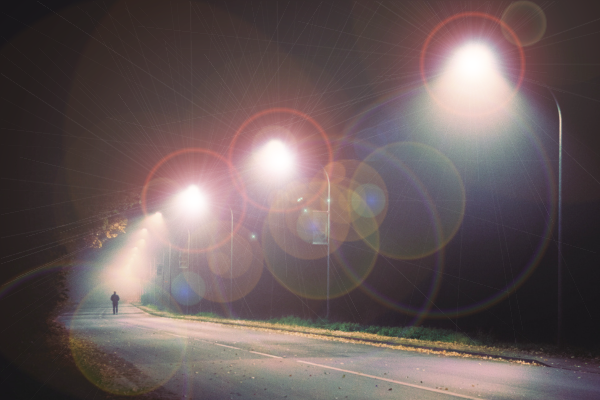AS/NZS 4282 is the shared Australian and New Zealand standard establishing requirements for the control of the obtrusive effects from outdoor lighting. It achieves this by setting specific limits on relevant light technical parameters to control unwanted effects. Lighting designers can use this standard at the time of initial design to evaluate whether the level of obtrusive lighting at a property boundary or nearby façade will be within reasonable limits.
In recent years an increasing number of councils and utilities have required compliance with this optional standard for all new outdoor lighting installations. This can be seen in a growing number of organisations citing it such documents as council Development Control Plans (DCPs) and utility network standards.
Over the past year the standard has recently been through a significant update and a new version was released in November 2023.
The key changes to the new version of AS/NZS 4282 that are most relevant to public lighting are as follows:
- Beyond the potential impacts of obtrusive light on humans, the new version of AS/NZS 4282 now recognises that artificial lighting at night can also have negative effects on plants, animals and ecosystems more generally. Limits to various lighting parameters now apply to these ’environmental receivers’ and humans equally.
- Importantly, the obtrusive lighting limits in the new standard are general ones that don’t necessarily suit all circumstances. Where there are specific threatened species or other unique eco-systems, a site-specific risk assessed approach should be taken consistent with the National Light Pollution Guidelines for Wildlife.
- The ambient environment that a lighting installation sits in is now considered when categorising each installation under various classifications of environmental zones. Lighting has to meet different technical requirements depending on which type of environmental zone it is classified under. Where lighting is located near an environmentally sensitive area, the updated standard provides for a buffer zone.
- The methodology for evaluating the levels of obtrusive lighting on vertical planes, such at property boundaries and on building façades, has undergone substantial modifications to improve accuracy and efficiency.
- The positioning of obtrusive lighting calculation planes has been simplified to set it at either the building façade for an existing building (up to 10m back from the boundary) or at the minimum set-back allowed for different planning zones where future dwellings might be built.
This updated standard takes important steps to improving the environmental sustainability of public lighting solutions. In the SLSC Model LED Public Lighting Specification there is opportunity for buyers to easily include compliance with AS/NZS 4282 in their procurement process.














